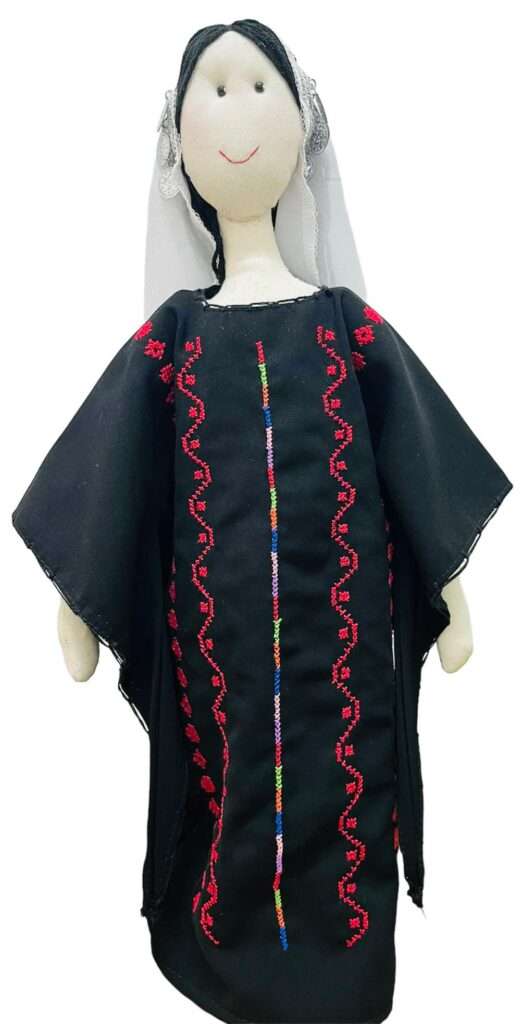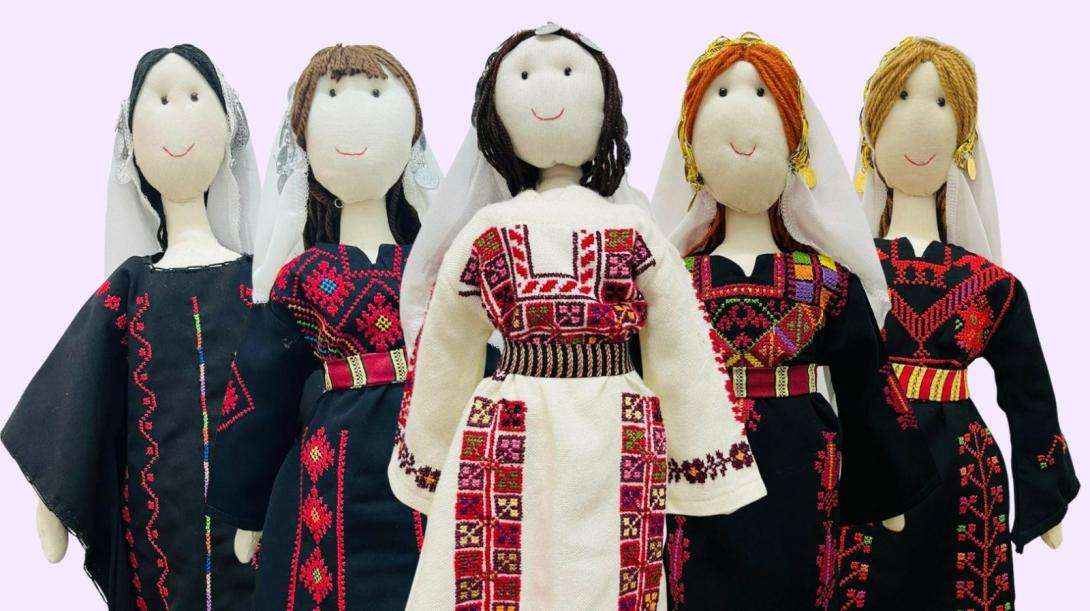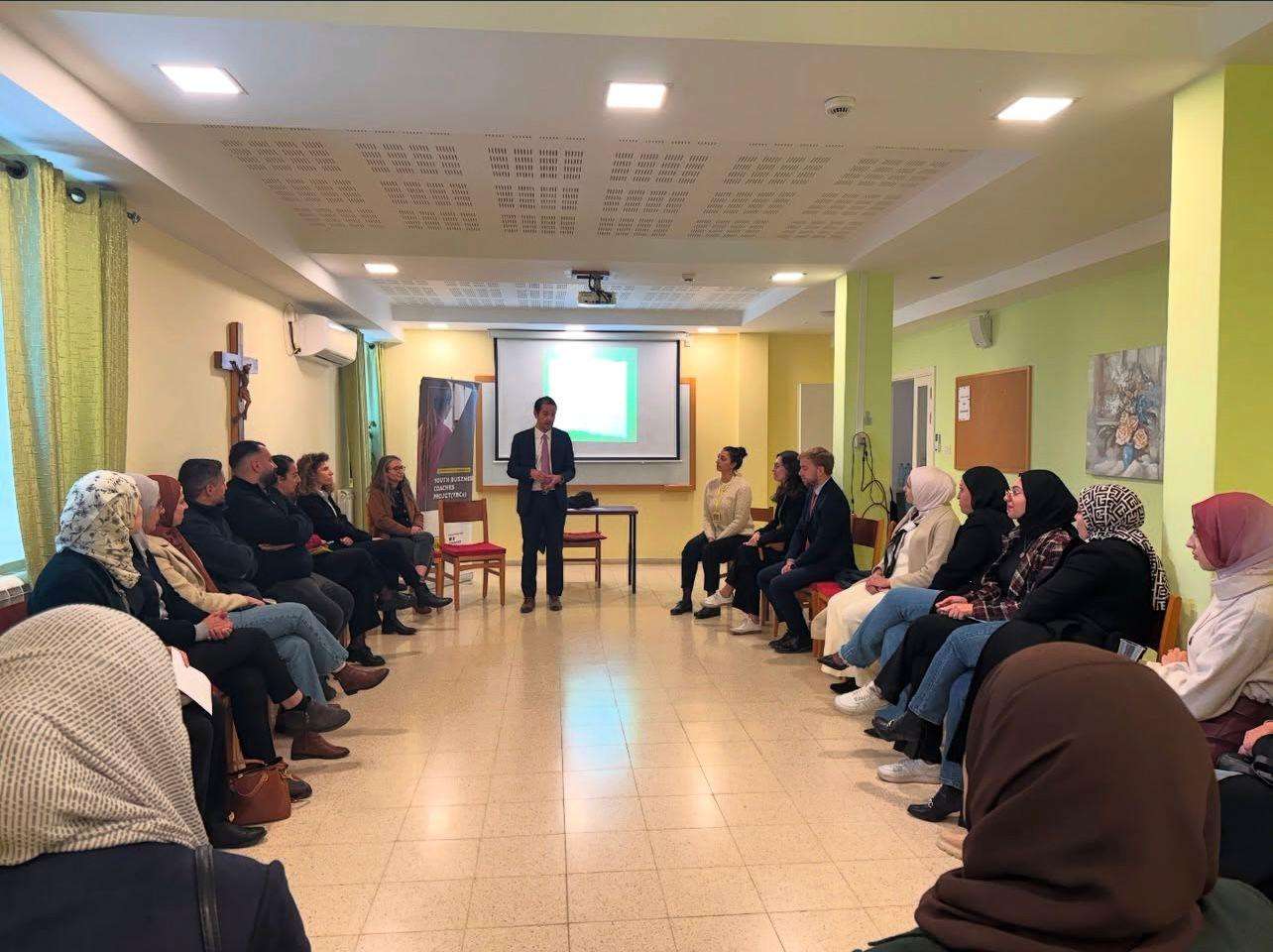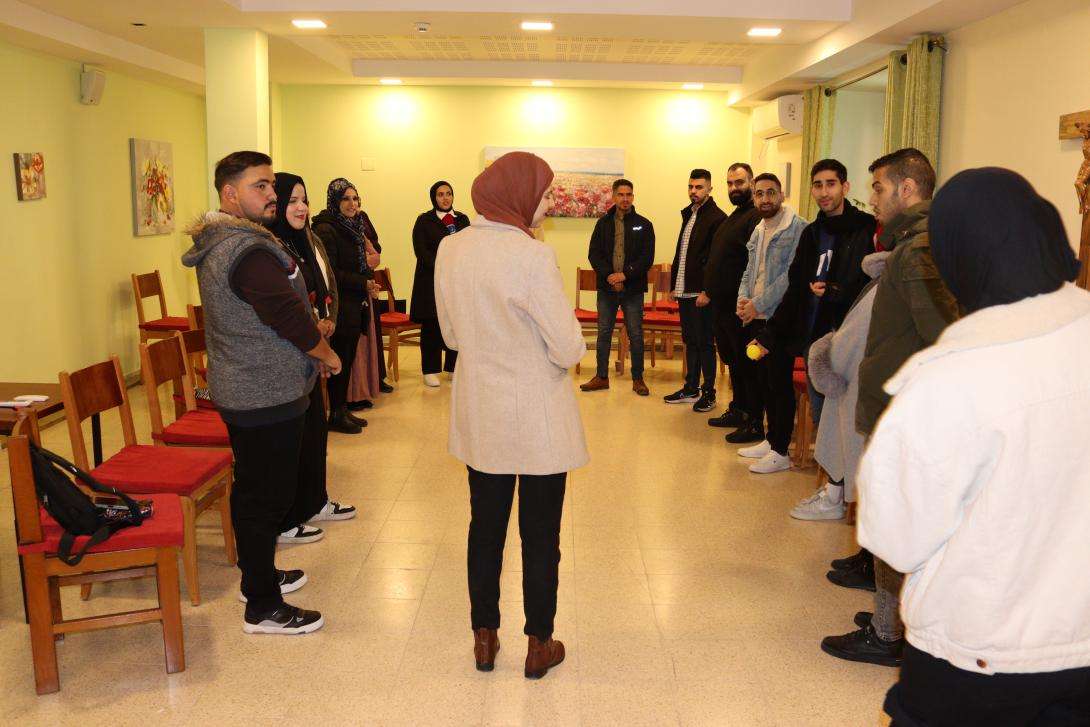

A Summer Holiday Tale
As the summer heat intensified, my eagerness for a vacation with my parents and sister Dana reached its peak. My father had promised a summer retreat in the city of Jericho, prompting me to pack my clothes and don a pink hat to shield myself from the sun. Our journey began early in the morning at 8 o’clock, filled with excitement for our time in Jericho. As we neared the Jordan Valley, my father explained that we might experience a buzzing in our ears since we were entering the lowest point on Earth’s surface, which piqued our interest.
My fascination grew upon seeing a sign reading “Welcome to the City of the Moon.” Perplexed, I questioned my father, who clarified with a chuckle that “Jericho,” in its original Semitic and Canaanite roots, meant “City of the Moon,” referring to the Canaanite Moon God “Yarikh.” In Syriac, Jericho also means fragrance, and it was known as the “City of Palms” and “Heaven’s Garden.” I resolved to share these intriguing facts with my school friends upon our return.
As we drove, I gazed at the lush agricultural landscapes, banana and palm trees, citrus orchards, greenhouses, and water channels connecting to the three main springs: Ein Sultan, Ein al-Duyuk, and Ein al-Nuweimeh, which our school teacher had told us about.
Our first stop was at my grandmother’s friend’s house, old Mahdia, in Old Jericho (Tel es-Sultan). Mahdia, with her white hair and wrinkled face, warmly welcomed us and advised us to start our tour from a famous archaeological site in Jericho, one of the oldest landmarks dating back over 8,000 years, representing the architectural achievements of ancient Jerichoans. She suggested we explore Tel es-Sultan, recently added to the UNESCO World Heritage List, boasting a history of nearly 10,000 years and relics from Natufian culture.
Following her advice, we delved into the site, marveling at how this land witnessed the evolution of human life from cave-dwelling to city-building and agriculture. It was a testament to human adaptability and innovation, marking Jericho as one of the oldest cities in history.
Our journey then led us to Mount of Temptation (Jabal al-Qarantal), where Jesus is believed to have spent forty days, a site resonating with spirituality and sacredness.
The trip concluded at Hisham’s Palace, the winter residence of the Umayyad caliph. The palace’s main courtyard showcased remnants of an ancient circular window with a star, and one of the world’s largest mosaic floors from one of the palace’s baths, each piece narrating a story of the grand Islamic civilization of that era. Jericho’s beauty was mesmerizing, casting a spell that made leaving seem almost regrettable.
Did you know that the city of Jericho is one of the areas through which the Palestine Heritage Trail passes? Here, you can wander, enjoy the beauty and diversity of Palestine’s nature, and learn about its history and heritage. For more information about the Palestine Heritage Trail, you can visit the website at https://phtrail.org/.
Con el calor del verano en su apogeo, mi entusiasmo por unas vacaciones con mis padres y mi hermana Dana alcanzaba su punto más alto. Mi padre nos había prometido un retiro veraniego en la ciudad de Jericó, lo que me llevó a empacar mis ropas y a colocarme un sombrero rosa para protegerme del sol. Nuestro viaje comenzó temprano en la mañana, a las ocho en punto, lleno de anticipación por nuestro tiempo en Jericó. Mientras nos acercábamos al Valle del Jordán, mi padre nos explicó que podríamos experimentar un zumbido en los oídos, ya que estábamos entrando en el punto más bajo de la superficie de la Tierra, lo cual nos intrigó.
Mi fascinación aumentó al ver un letrero que rezaba “Bienvenidos a la Ciudad de la Luna”. Perpleja, cuestioné a mi padre, quien con una sonrisa aclaró que “Jericó”, en sus raíces semíticas y cananeas originales, significaba “Ciudad de la Luna”, haciendo referencia al Dios Cananeo de la Luna, “Yarikh”. En siriaco, Jericó también significa fragancia, y era conocida como la “Ciudad de las Palmeras” y el “Jardín del Cielo”. Me propuse compartir estos datos intrigantes con mis amigos de la escuela a nuestra vuelta.
Mientras avanzábamos, contemplaba los exuberantes paisajes agrícolas, los plátanos y las palmeras, los huertos de cítricos, los invernaderos y los canales de agua que se conectaban a los tres manantiales principales: Ein Sultan, Ein al-Duyuk y Ein al-Nuweimeh, de los que nuestra maestra nos había hablado.
Nuestra primera parada fue en la casa de la amiga de mi abuela, la anciana Mahdia, en la Jericó Antigua (Tel es-Sultan). Mahdia, con su cabello blanco y su rostro arrugado, nos dio una cálida bienvenida y nos aconsejó comenzar nuestro recorrido desde un famoso sitio arqueológico en Jericó, uno de los lugares más antiguos que data de hace más de 8,000 años, representando los logros arquitectónicos de los antiguos jericoanos. Sugirió que exploráramos Tel es-Sultan, recién añadido a la Lista de Patrimonio Mundial de la UNESCO, que cuenta con una historia de casi 10,000 años y reliquias de la cultura Natufiense.
Siguiendo su consejo, nos adentramos en el sitio, maravillándonos de cómo esta tierra fue testigo de la evolución de la vida humana desde la habitación en cuevas hasta la construcción de ciudades y la agricultura. Era un testimonio de la adaptabilidad e innovación humanas, marcando a Jericó como una de las ciudades más antiguas de la historia.
Nuestro viaje luego nos llevó al Monte de la Tentación (Jabal al-Qarantal), donde se cree que Jesús pasó cuarenta días, un lugar resonante de espiritualidad y sacralidad.
El viaje concluyó en el Palacio de Hisham, la residencia de invierno del califa Omeya. El patio principal del palacio mostraba restos de una antigua ventana circular con una estrella, y uno de los pisos de mosaico más grandes del mundo de uno de los baños del palacio, cada pieza narrando una historia de la gran civilización islámica de esa época.
La belleza de Jericó era cautivadora, lanzando un hechizo que hacía que partir pareciera casi lamentable.
¿Sabías que la ciudad de Jericó es una de las áreas por las que pasa el Sendero del Patrimonio de Palestina? Aquí, puedes deambular, disfrutar de la belleza y diversidad de la naturaleza de Palestina, y aprender sobre su historia y herencia. Para obtener más información sobre el Sendero del Patrimonio de Palestina, puedes visitar el sitio web en https://phtrail.org/.
References
Sources and References:
- Taha, Hamdan. “Jericho: A Living History of Ten Thousand Years of Civilization.” Publisher Foundation, Ramallah: Palestine, 2011.
- “Prominent Tourist and Historical Landmarks in Jericho City.” Palestinian News and Information Agency (WAFA). Retrieved from [wafa.ps](http://wafa.ps).






